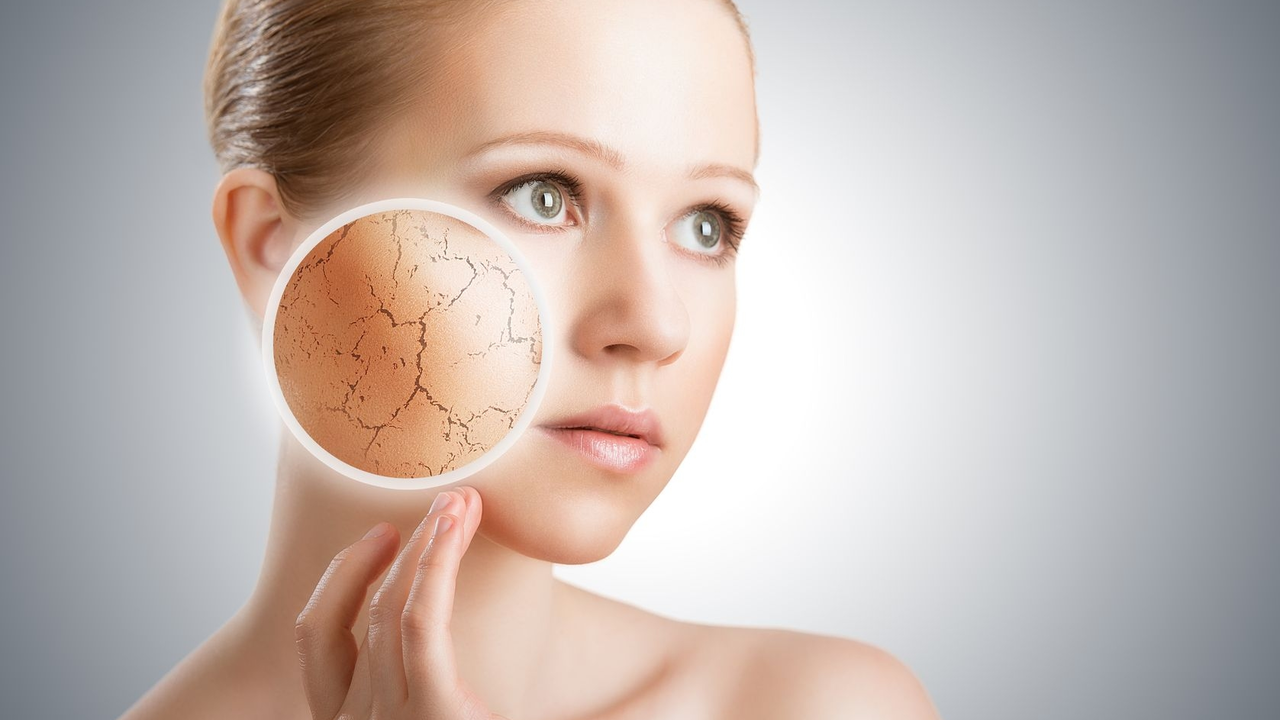Skin Conditions: What They Look Like and How to Handle Them
Ever stared at a rash or a stubborn spot and wondered what’s going on? You’re not alone—skin issues affect almost everyone at some point. The good news is most problems have clear signs and simple steps you can take right away.
Spotting the Most Common Issues
Acne shows up as blackheads, whiteheads, or inflamed pimples, usually on the face, back, or chest. It flares when pores get clogged with oil and dead skin cells. Eczema appears as itchy, red patches that may crack or ooze, often on hands, elbows, or knees. If you notice dry, scaly flakes that itch a lot, eczema could be the culprit.
Psoriasis creates thick, silvery scales that feel stiff and can pop up anywhere, but most often on scalp, elbows, or knees. Rosacea is a reddening of the nose and cheeks that may bring tiny bumps or visible blood vessels. Finally, hives (urticaria) show as raised, itchy welts that come and go quickly, usually triggered by an allergen.
Quick DIY Steps Before You Call a Doctor
First, keep the area clean with lukewarm water and a mild cleanser—no harsh scrubs. For acne, try over‑the‑counter benzoyl peroxide or salicylic acid; use them sparingly to avoid drying out your skin.
If eczema is bothering you, moisturize immediately after bathing while the skin is still damp. Look for fragrance‑free creams with ceramides or colloidal oatmeal for soothing relief.
Psoriasis benefits from daily moisturizing and occasional short courses of topical steroids—just follow label directions. When rosacea flares, cool compresses and gentle skincare (avoid alcohol‑based toners) can calm redness.
Hives often respond to an antihistamine like cetirizine; take it as soon as the welts appear. If you suspect a food or medication trigger, note what you ate and discuss it with your doctor.
Remember, if any rash spreads rapidly, is painful, oozes pus, or comes with fever, seek professional care right away. These signs can mean an infection or something more serious that needs prescription treatment.
Beyond spot‑treating, protect your skin daily: wear sunscreen of at least SPF 30, stay hydrated, and choose breathable fabrics. Simple habits keep the barrier strong and reduce flare‑ups for almost every condition listed above.
Got a specific concern? Use our search bar to find articles on particular meds or supplements that might help—like natural anti‑inflammatories or safe online pharmacy options. Knowledge is power, so keep learning and give your skin the care it deserves.
The Connection Between Skin Chafe and Eczema
As someone who's been through the trenches of dealing with skin issues, I'll be sharing insights on the connection between skin chafe and eczema in this post. We're going to dive into the intricacies of these two conditions, discussing their commonalities and exploring if one can lead to the other. It's a deep swim into the realm of skin health and my voyage of understanding that I can't wait to share. The discussion broadens our understanding of how intertwined our body's functions are, and how integral skin care is to our overall well-being.
read more

